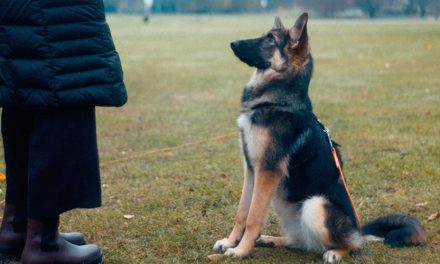Understanding your dog’s behavior is key to maintaining a healthy and happy relationship.
Changes in your dog’s behavior can often be early indicators of underlying issues, whether they are physical, emotional, or environmental.
Being attuned to these changes can help you address problems before they escalate.
Here are several strategies to help you predict changes in your dog’s behavior.
1. Know the Normal
The first step in predicting behavior changes is to be familiar with your dog’s baseline behavior.
Spend time observing your dog when they are relaxed.
Note their typical responses to different situations, such as playtime, feeding, walks, and interactions with other pets and people.
Understanding what is “normal” for your dog allows you to recognize any deviations.
2. Monitor Health and Physical Condition
Physical health has a tremendous impact on behavior.
Regular veterinary check-ups are essential, as many health issues can manifest as behavioral changes.
For example, pain from dental issues, arthritis, or gastrointestinal problems might cause your dog to behave differently.
Pay attention to signs of discomfort, such as limping, changes in appetite, or unusual vocalizations, as these can all indicate a health concern that could affect behavior.
3. Watch for Environmental Changes
Dogs are sensitive to their surroundings.
A change in the household — like moving to a new home, the arrival of a new family member, or even changes in routine — can affect their behavior.
If you notice a shift in your dog’s attitude, consider whether anything in their environment has changed.
Dogs may act out due to stress or anxiety from new situations or disruptions in their routine.
4. Social Interactions Matter
How your dog interacts with other pets and people can give insights into their emotional state.
Keep an eye on how your dog reacts to new dogs, animals, or people.
A once-friendly dog might become standoffish or aggressive if they feel threatened or insecure.
Conversely, a shy dog might start to show interest in socializing more than before.
Observing these patterns can help you predict potential behavioral shifts.
5. Behavioral Triggers
Every dog has specific triggers that can provoke changes in behavior.
These can range from loud noises like thunderstorms and fireworks to the presence of certain animals or situations.
Keep a journal to track these triggers and your dog’s reactions.
This can help you anticipate and mitigate potential anxiety or fear responses.
6. Consider Age-Related Changes
As dogs age, their behavior can shift due to natural aging processes.
Older dogs may exhibit changes in energy levels, sleep patterns, and social interactions.
Be aware of any signs of cognitive decline, such as disorientation, changes in sleep cycles, or altered responses to familiar commands.
Keeping an open line of communication with your veterinarian regarding geriatric care is crucial.
7. Routine Check-Ins
Establishing a regular routine for check-ins with your dog can promote consistent observation.
Spend time together each day, engage in play, and encourage basic training exercises.
This not only strengthens your bond but also keeps you in tune with their emotions and behaviors.
During these moments, take note of any changes in their demeanor that might indicate stress or discomfort.
Conclusion
Being proactive in observing and interpreting your dog’s behavior is vital for their wellbeing.
By combining knowledge of their baseline behavior, environmental factors, health considerations, and social interactions, you can better predict and respond to changes.
Always trust your instincts as a dog owner; if something feels off, consult your veterinarian or a dog behaviorist for guidance.
Early intervention can make all the difference in ensuring your dog’s health and happiness.












